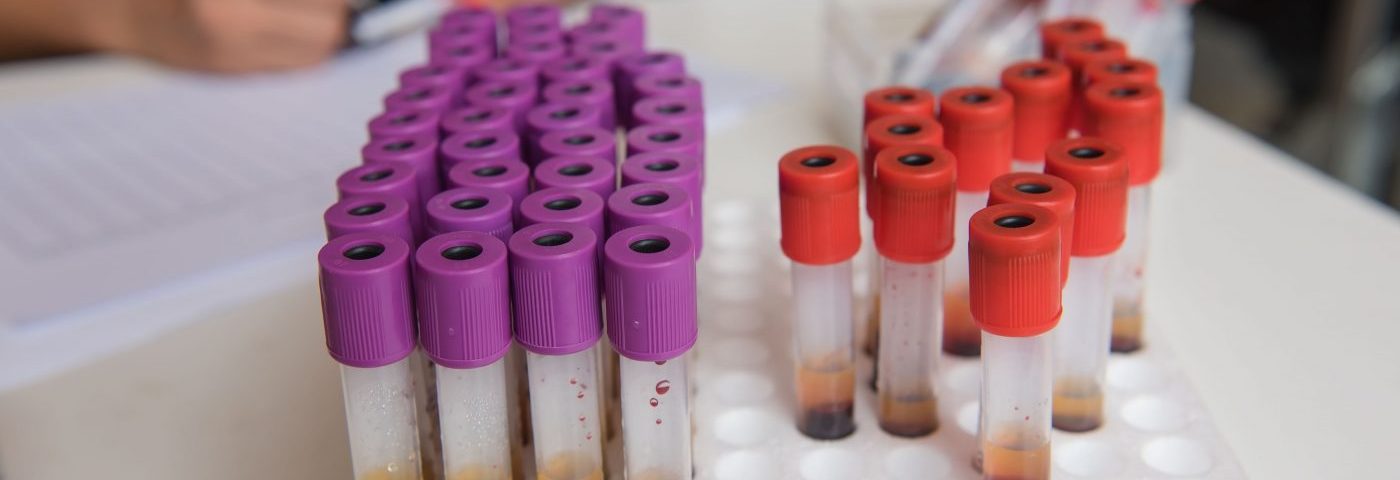People with fibromyalgia have higher blood levels of cathepsin S — an enzyme responsible for the destruction of damaged proteins and thought to play a role in nerve pain — and of its blocker cystatin C than healthy individuals, a study has found.
These findings may provide further clues about the molecular mechanisms underlying the disorder, and serve as a guide for future clinical trials testing new therapies for fibromyalgia, researchers said.
The study, “High levels of cathepsin S and cystatin C in patients with fibromyalgia syndrome,” was published in the International Journal of Rheumatic Diseases.
Although the causes of fibromyalgia are still not fully understood, some studies have suggested that abnormalities in the way the central nervous system (including the brain and spinal cord) processes and interprets pain signals may play a role in the onset of the disease.
These abnormalities may be brought on by a phenomenon known as central sensitization, in which exposure to repeated painful stimuli leads to nerve cells being hypersensitive to these signals and results in episodes of severe pain.
Some studies have suggested that cathepsin S, an enzyme with diverse cellular functions, might be involved in signaling pathways associated with neuropathic (nerve) pain.
Because fibromyalgia is a disease characterized by chronic pain, it is possible that cathepsin S, which has been shown to have an impact on chronic pain, may play a role in the disease’s development, the researchers wrote.
To investigate the potential role of cathepsin S and of its inhibitor cystatin C in fibromyalgia, scientists in Turkey compared the blood levels of these proteins between patients with fibromyalgia and healthy individuals (controls).
A total of 145 newly-diagnosed patients with fibromyalgia (138 women and seven men, with a mean age of 43.7) and 129 controls were included.
The study was carried out at the Physical Medicine and Rehabilitation Clinic of Sivas Cumhuriyet University Medical Faculty, between January 2019 and October 2019.
Age, gender, and body mass index (BMI) were evaluated in all participants. For those with fibromyalgia, the Fibromyalgia Impact Questionnaire (FIQ) was used to assess disease severity.
No significant differences were found in age, gender, or BMI between the two groups.
In contrast, levels of cathepsin S (median of 538.6 vs. 360 mg/L) and cystatin C (2.88 vs. 1.97 mg/L) were both significantly higher in patients with fibromyalgia than in controls.
“It can be considered that the increase in CysC [cystatin C] levels may be due to increased CatS enzyme activity, because increased enzyme activity is thought to cause increased endogenous [naturally produced] inhibitors of enzymes,” the investigators wrote.
However, statistical analyses failed to identify a correlation between blood levels of cathepsin S/cystatin C and patients’ FIQ scores.
“The results of this study may contribute to a better understanding of the pathogenesis of FM [fibromyalgia], and can serve as a guide for future clinical studies investigating the pathogenesis and treatment of FM,” the researchers wrote.
“Nonetheless, there is a need for further clinical studies to evaluate the levels of serum CatS and CycS in FM,” they added.

